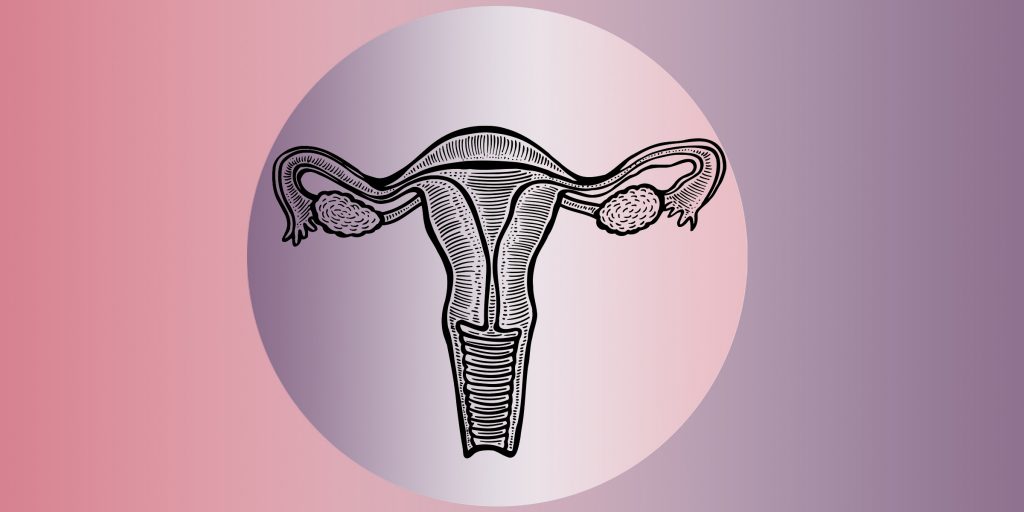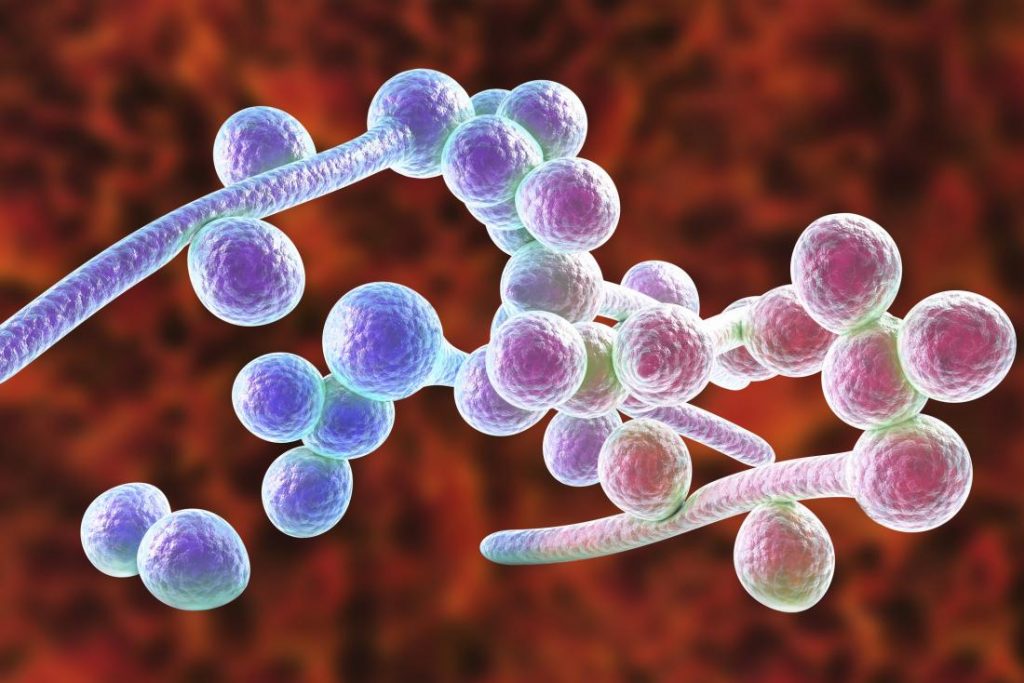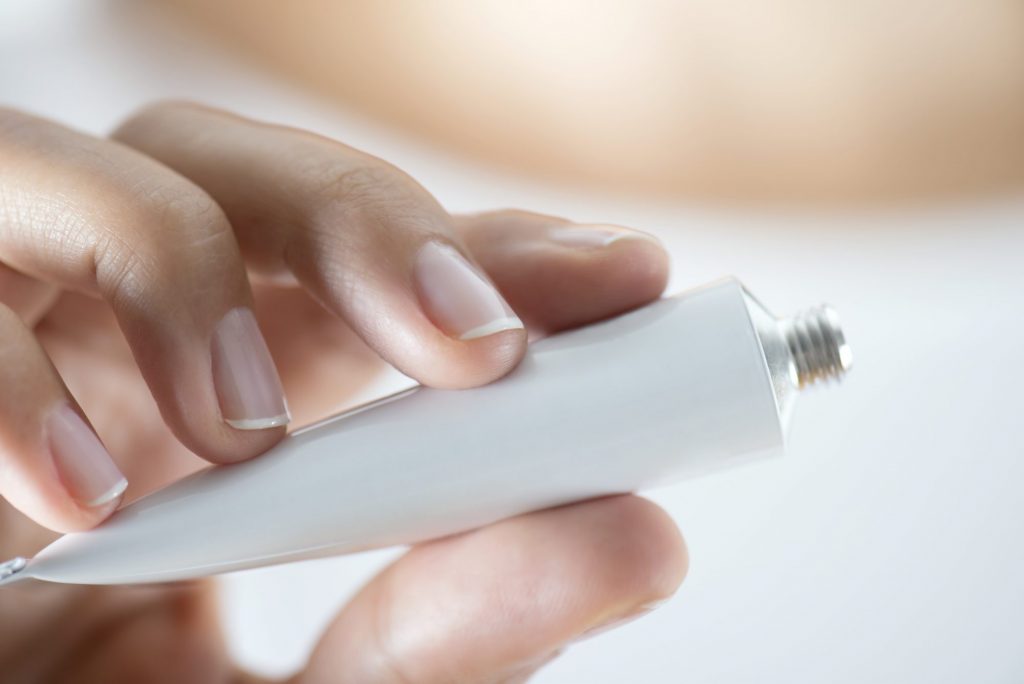
Vaginal Yeast Infection Symptoms: Don’t Ignore Them!
We all know that yeast infections are annoying and often painful. In fact, 3 out of 4 women will experience a vaginal yeast infection in their lifetime.
Vaginal yeast infections are a type of vaginitis, and are the second most common type of vaginal infection after bacterial vaginosis. Vaginal yeast infections are caused by a specific type of yeast called candida.
Candida normally lives in the vagina, as well as in the mouth and digestive tract, without causing any problems. However, if there is an overgrowth of candida, it can lead to a vaginal yeast infection.

Candida albicans is an opportunistic fungal pathogen.
So if you’re not sure whether or not you have a vaginal yeast infection, it’s important to be aware of the common symptoms because left untreated, a vaginal yeast infection can lead to more serious health problems.
If you’re experiencing any of the following symptoms, you may have a vaginal yeast infection and should see your doctor:
- Vaginal itching.
- Vaginal discharge that is thick, white, and cheesy.
- Vaginal burning or soreness.
- Pain during sex.
- Urinating more often than usual.
- Rash or redness on the skin outside of the vagina.
Diagnosis.
Diagnosis of Vaginal Yeast Infection is usually based on a physical examination and your symptoms. Your doctor may also take a sample of vaginal discharge to test for the presence of yeast.
Treatments.
Vaginal Yeast Infection treatments are available over the counter or through a prescription. These treatments usually involve taking a pill or using a cream or suppository to kill the yeast. It’s important to follow your doctor’s instructions carefully, and to finish all of the medication prescribed, even if you start feeling better.

Uses 1% clotrimazole cream to relieve external symptoms of a yeast infection, like itching, burning, and vaginal irritation.
There are also some things that you can do at home to help relieve symptoms and speed up healing:
- Wear loose-fitting clothes and cotton underwear.
- Avoid tight jeans, pantyhose, and wet swimsuits.
- Use unscented soap on the vaginal area only (avoid scented products like bubble bath, laundry detergent, and toiletries).
- Drink plenty of water.
- Eat yogurt with live cultures or take a probiotic supplement.
- Try taking a hot bath with baking soda or an over the counter yeast infection treatment like Monistat.
- If you have a fever, chills, or nausea, contact your doctor right away. You may need prescription medication to clear the infection.
Early Diagnosis Is Key.
Early diagnosis and treatment is key in preventing the infection from becoming worse. Vaginal yeast infections are common and can be treated easily, but it’s important to pay attention to the symptoms and seek treatment if they don’t go away on their own.
Ignoring an infection can lead to more serious problems. See your doctor for a proper diagnosis and the best course of treatment for you.
Dr James S Pendergraft | Orlando Women’s Center | Abortion Pill Clinic | Articles On Abortion


Leave a Reply